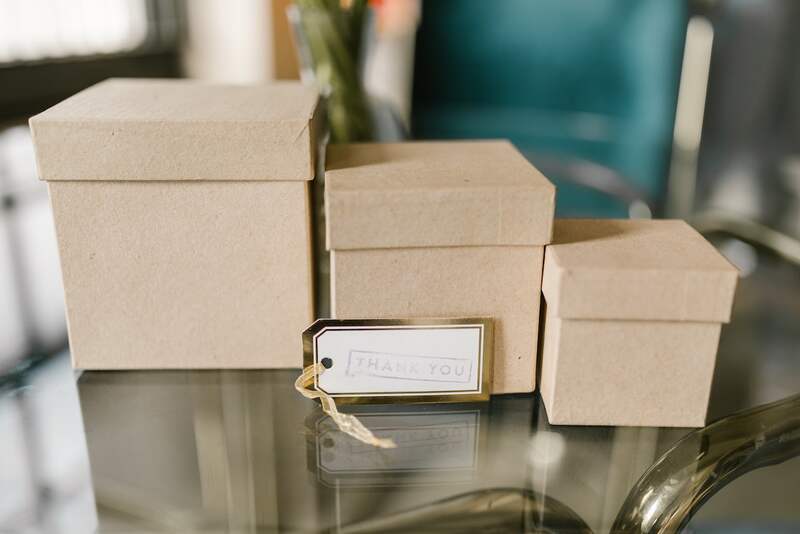Through the process of enhanced design and the use of alternative materials, new covering technology aims to boost resource efficiency, eliminate waste, and lessen its impact on the environment. Innovative packaging refers to a type of covering that is produced using new materials, designs, or production processes, improving wrapping functions like containment, protection, handling, delivery, or product presentation significantly while also providing demonstrable environmental benefits, except for packing that is created by modifying existing packing solely for the improvement of product presentation and marketing.
Retail Packaging
A product’s retail packing is a specially created container. The box’s outside (and interior) has your company’s logo, brand colors, copy, and message. The most common and famous kinds of retail wrapping are paperboard boxes, rigid boxes, foil-sealed bags, and corrugated boxes. Each covering kind has its benefits as well as drawbacks, so it should be chosen based on product, budget, and sustainability goals. You can learn more about it at https://mpac-group.com/.
Types of Innovative Packaging
1. Active Packaging
A form of wrapping known as “active covering” makes use of unique materials to increase the expected lifespan of items. Several methods, such as the use of oxygen absorbers, dampness absorbers, or antibacterial compounds, can be used to accomplish this. Active wrapping is frequently used for perishable products, including food and medicines.
2. Custom Packaging
Custom packing has endless possibilities for design, from distinctive forms to distinctive printing and finishing. Furthermore, using customized wrapping to set your items out from competitors is a terrific idea. Custom wrapping may make your business stand out in a crowded market and leave a lasting impact on consumers. You can learn more about plastic packaging and covering in WP Innova.
3. Reusable Packaging
Reusable or recyclable materials are utilized to create recyclable packaging. Paperboard, metallic materials, glass, and plastic are examples of this. Recyclable packing also often requires lesser resources and materials.
4. Edible Packaging
It’s no wonder that packing that is edible represents one of the most popular covering ideas right now. Not only is edible wrapping ecologically beneficial, but it is also a fun and unique way of packaging food and other items. On the market, edible packing materials such as paper goods, PLA, and even leather made from fruits are available.
5. 3D Printing
3D printing is one of the most popular packing innovations right now. This technology enables businesses to produce bespoke covering that is matched to the exact demands of their product. Traditional wrapping methods cannot compete with the flexibility provided by 3D printing.
6. Nanotechnology
Nanoparticles can be utilized to make self-healing wrapping, which might assist in minimizing waste and enhancing packing material sustainability. Furthermore, nanotechnology is being employed to produce covering. Which can be recycled more easily, making it a more sustainable option for the environment.
7. Biodegradable Packaging
There are multiple biodegradable wrapping materials available, including plant-based polymers and paperboard designed from ethically sourced ingredients. As mentioned earlier, the substances can be utilized to make robust and long-lasting wrapping while being biodegradable or recyclable. A prominent example of such coverings is biodegradable jars wholesale.
Innovative Packaging Need of Time
Packaging innovation not only assists firms in better-communicating promises that meet consumer issues such as warming temperatures, food safety, and authenticity, but it also assists in creating merchandise with a less extensive ecological impact. Innovative wrapping is hope for greener, more plenty, more healthy, and more livable ever than before. It can help to lessen the pollution.
Packaging, a blessing as:
- It protects the goods from spoilage.
- It reduces expenses.
- It conveys information.
- It ensures cleanliness.
- It enhances food’s shelf life.
Packaging Strategy
Your package strategy should serve six purposes with innovation. it should be distinctive, really special, and different, useful and recyclable, safe for us and our environment, and easy to remove and discard, as well as can promote product advantages in a healthy way and reinforce and promote the brand through its ad on covering. Manufacturers are researching alternative options, such as plant-based fibers, such as micro fibrillated cellulose (MFC), which breaks down to the micro-level and substitutes them in packing material in the present extensive plastic packing examination.
The use of edible or biodegradable items, plant extracts, and nanomaterials in the creation of sustainable or green covering technology might reduce the environmental effect of food packing, which is the ultimate future goal of food-packaging technology.
Conclusion
Creative packaging solutions are gaining a responsible position in the world because of their innovativeness, durability, eco-friendliness, and health safety. The need of the hour is to enhance our living standards by incorporating these sustainable creative covering solutions into our daily lives. Using all of these strategies, we can reduce the use of plastic material wrapping, which is a significant reduction.


